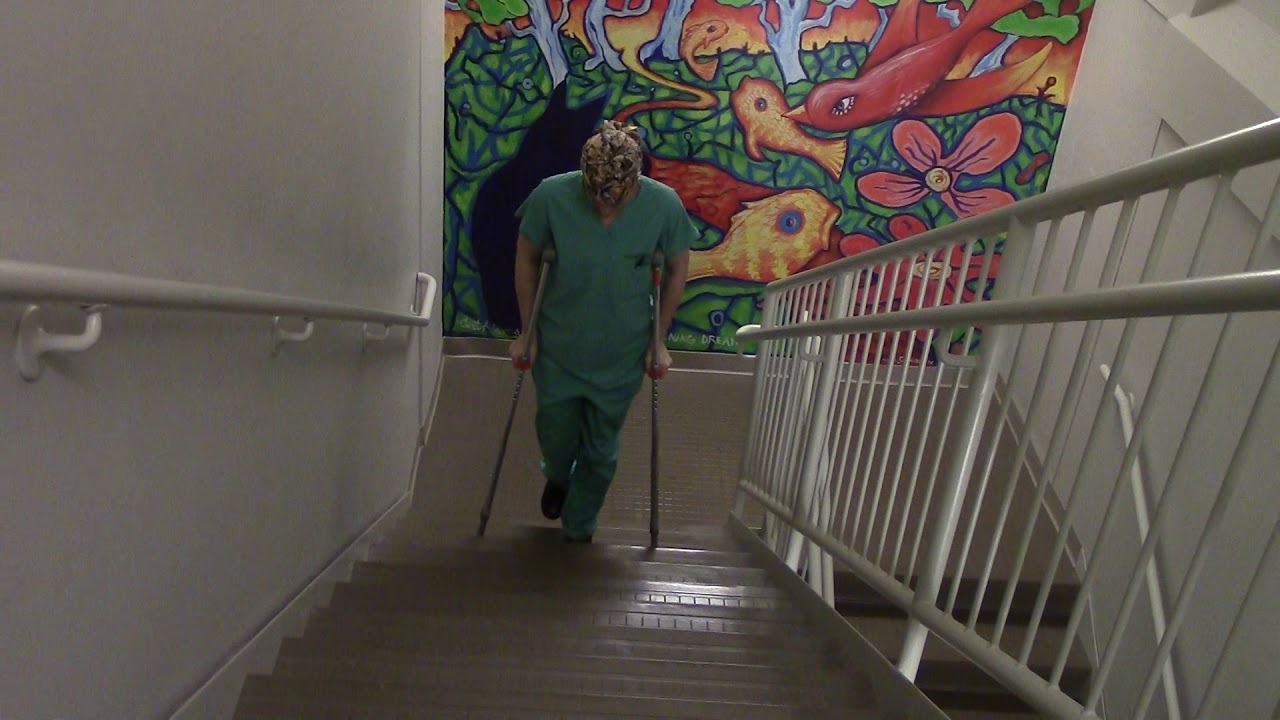

Articles
How To Go Up Stairs With Crutches
Modified: December 7, 2023
Learn how to navigate stairs safely with crutches in this informative article. Discover the best techniques and tips for a smooth journey.
(Many of the links in this article redirect to a specific reviewed product. Your purchase of these products through affiliate links helps to generate commission for Storables.com, at no extra cost. Learn more)
Introduction
Welcome to our guide on how to navigate stairs with crutches. Whether you’re recovering from an injury or have a temporary mobility issue, learning the proper technique for using crutches on stairs can significantly improve your safety and confidence. While it may seem daunting at first, with the right preparation and approach, you’ll be able to navigate stairs with ease.
Crutches provide stability and support when walking, but using them on stairs requires some additional precautions and adjustments. In this article, we will guide you through the step-by-step process of going up and down stairs using crutches. We’ll also provide essential safety tips to help minimize the risk of accidents or injuries during the process.
Before attempting to use crutches on stairs, it’s important to ensure that you are confident and comfortable using crutches on flat surfaces. If you’re new to using crutches, it may be helpful to practice walking with them on even ground before moving on to stairs. This will help you build strength and balance and familiarize yourself with the movements required.
Additionally, we recommend consulting with a healthcare professional, such as a physical therapist or an occupational therapist, to assess your readiness and provide specific guidance tailored to your unique circumstances. They can help evaluate your mobility and provide personalized tips to ensure a safe and successful experience on stairs.
It’s important to note that while we aim to provide comprehensive and helpful information, every individual’s situation may vary. Therefore, it’s essential to be aware of your own limitations and listen to your body throughout the process. If at any point you feel unsure or uncomfortable, consult with a healthcare professional for further guidance.
Now that we’ve covered the basics, let’s move on to the first step: preparing your crutches for stair navigation.
Key Takeaways:
- Proper preparation and technique are essential for safely navigating stairs with crutches. Adjusting crutches, setting up the stairs, and following step-by-step instructions ensure a confident and secure experience.
- Prioritizing safety, taking it slow, and seeking assistance when needed are crucial when using crutches on stairs. By focusing on balance and following safety tips, individuals can minimize the risk of accidents and injuries.
Read more: How To Go Up Stairs With A Walker
Preparing Your Crutches
Before you begin the process of going up and down stairs with crutches, it’s crucial to ensure that your crutches are properly adjusted and in good working condition. Here are some steps to prepare your crutches:
- Adjust the height: Start by adjusting the height of your crutches to the proper level. Stand upright with your shoes on, and place the crutches under your arms. The handgrips should align with the crease of your wrists, allowing your arms to bend slightly. Adjust the crutch height accordingly, making sure they provide enough support without straining your shoulders or arms.
- Check the tips: Inspect the rubber tips at the bottom of your crutches. Ensure that they are intact, free from cracks or excessive wear, and provide a firm grip. If the tips are worn out, replace them with new ones to ensure stability and prevent slips.
- Add additional padding: Consider adding extra padding to the underarm pads and handgrips of your crutches to improve comfort during use. This can be especially helpful if you anticipate spending a significant amount of time on stairs.
- Secure the straps: If your crutches have forearm straps, make sure they are securely fastened. The straps help keep the crutches in place and reduce strain on your wrists and arms.
By taking the time to properly adjust and prepare your crutches, you’ll ensure that they provide the necessary support and stability while navigating stairs.
Now that your crutches are ready, let’s move on to creating a proper stair setup to enhance safety and ease of movement.
Proper Stair Setup
Creating a safe and well-prepared environment is essential when using crutches on stairs. By setting up the stairs correctly, you’ll minimize the risk of accidents and make the process more manageable. Here are some steps to follow:
- Clear the path: Before attempting to use the stairs with crutches, ensure that the stairway is free from any obstacles or debris. Remove any loose items, such as rugs or clutter, that may pose a tripping hazard.
- Ensure proper lighting: Adequate lighting is crucial for safe stair navigation. Make sure the stairwell is well-lit to provide clear visibility of each step. If necessary, install additional lighting or use a flashlight to ensure proper illumination.
- Install handrails: Handrails provide essential support and stability when using crutches on stairs. Ensure that the handrails are securely fastened and capable of supporting your weight. If there are no handrails available, consider installing temporary ones for added support.
- Use non-slip materials: To prevent slips and falls, consider using non-slip materials on each step of the stairs. This can include adhesive strips, non-slip mats, or grip-enhancing tape. Ensure that these materials are securely attached and provide sufficient traction.
- Secure loose or uneven steps: If any steps are loose or uneven, make sure to address the issue before attempting to use the stairs with crutches. Tighten loose steps or repair any uneven surfaces to minimize the risk of accidents.
By following these steps, you’ll create a safe and well-prepared environment that will facilitate your movement up and down the stairs with crutches.
Now that you have your crutches prepared and the stairs set up properly, let’s move on to the process of navigating the stairs while ascending.
Ascending the Stairs
Ascending stairs with crutches requires careful coordination and balance. Follow these step-by-step instructions to safely navigate the stairs:
- Approach the stairs: Position yourself close to the bottom step, ensuring that your crutches are on a stable and flat surface.
- Hold the handrail: Extend one crutch under your arm and firmly grasp the handrail with your other hand for support.
- Move your stronger leg first: For most people, this is typically the uninjured or stronger leg. Lift it and place it on the first step, ensuring that it is secure before progressing.
- Use your crutches: With your foot securely placed on the step, support your weight on your hands using the crutches. Push down on the handgrips and step up with your uninjured or stronger leg.
- Bring your injured or weaker leg up: Once your stronger leg is on the step, lift your injured or weaker leg and bring it up to the same step. Use your arms and the crutches for support as you lift your leg.
- Repeat the process: Continue this alternating step-by-step process, always ensuring that one foot is securely on the step before moving the other foot. Take your time and maintain a steady pace.
- Reach the top: Once you reach the top of the stairs, stabilize yourself by positioning both crutches securely under your arms. Ensure that you are fully stable before proceeding.
Remember to focus on your balance, take your time, and maintain a steady and controlled movement throughout the process. It’s perfectly acceptable to pause or rest if needed. If you feel wobbly or unsure, consider seeking assistance from a family member, friend, or caregiver to provide extra support.
Now that you’ve successfully ascended the stairs with crutches, let’s move on to the process of descending the stairs.
When going up stairs with crutches, lead with your good leg, then bring the crutches and injured leg up to the same step. Use handrails for support.
Descending the Stairs
Descending stairs with crutches requires a different approach compared to ascending. Follow these step-by-step instructions to safely navigate the stairs while descending:
- Approach the stairs: Position yourself close to the top step, ensuring that your crutches are on a stable and flat surface.
- Hold the handrail: Extend one crutch under your arm and firmly grasp the handrail with your other hand for support.
- Move your injured or weaker leg first: This is the opposite of the ascending process. Lift your injured or weaker leg and place it on the first step, ensuring it is secure before proceeding.
- Use your crutches: With your foot securely placed on the step, support your weight on your hands using the crutches. Push down on the handgrips and step down with your injured or weaker leg.
- Bring your uninjured or stronger leg down: Once your weaker leg is on the step, lift your uninjured or stronger leg and bring it down to the same step. Use your arms and the crutches for support as you lower your leg.
- Repeat the process: Continue this alternating step-by-step process, always ensuring that one foot is securely on the step before moving the other foot. Take your time and maintain a steady pace.
- Reach the bottom: Once you reach the bottom of the stairs, stabilize yourself by positioning both crutches securely under your arms. Ensure that you are fully stable before proceeding.
During the descent, it’s important to maintain a controlled movement and focus on your balance. Take small steps and avoid rushing. Always make sure that your crutches and at least one foot are securely positioned on each step before moving to the next one.
If you find descending the stairs challenging or feel unsure about your ability to do so safely, it’s always a good idea to seek assistance from a family member, friend, or caregiver who can provide support and guidance.
Now that you’ve learned how to navigate both ascending and descending stairs with crutches, let’s explore some important safety tips and considerations to keep in mind throughout the process.
Read more: How To Teach Dog To Go Up Stairs
Safety Tips and Considerations
When using crutches on stairs, prioritizing safety is crucial. Here are some important tips and considerations to keep in mind:
- Take it slow: Moving at a slow and steady pace is key. Rushing or attempting to take large steps can increase the risk of losing your balance or tripping.
- Focus on your balance: Concentrate on maintaining a proper balance throughout the process. Keep your body centered, engage your core muscles, and avoid leaning too far forward or backward.
- Always use handrails: Handrails provide crucial support and stability. Use them whenever possible, both when ascending and descending the stairs.
- Be mindful of your crutch placement: Make sure your crutches are securely positioned on each step before moving to the next one. This will provide stability and prevent slips or falls.
- Wear appropriate footwear: Choose sturdy and comfortable shoes or sneakers with good traction. Avoid wearing loose slippers or shoes with high heels that could cause instability.
- Stay alert and aware: Pay attention to your surroundings and be cautious of any potential hazards. Watch for loose objects, uneven surfaces, or slippery spots on the stairs.
- Ask for assistance if needed: If you feel uncertain or uncomfortable navigating the stairs with crutches, don’t hesitate to ask for help. A family member, friend, or caregiver can provide support and guidance.
- Listen to your body: It’s important to listen to your body and pace yourself accordingly. If you feel fatigued, take breaks as needed and avoid pushing yourself beyond your comfort level.
By following these safety tips and considering your individual circumstances, you can minimize the risk of accidents and injuries while using crutches on stairs.
Now that you’re equipped with the necessary knowledge and precautions, you can confidently navigate stairs with crutches. Remember to be patient with yourself and allow time for proper healing and recovery. With practice and perseverance, you’ll be able to regain your mobility and independence.
Do you need any more assistance or information?
Conclusion
Successfully navigating stairs with crutches requires preparation, proper technique, and a focus on safety. By ensuring your crutches are adjusted correctly, setting up the stairs appropriately, and following the step-by-step instructions for ascending and descending, you can confidently maneuver stairs while using crutches. Remember to always prioritize safety, take your time, and ask for assistance if needed.
While this guide provides comprehensive information, it’s essential to consult with a healthcare professional for personalized guidance. They can assess your specific situation and provide tailored advice to ensure a safe and successful experience on stairs.
Recovering from an injury or dealing with limited mobility can be challenging, but with the right tools and knowledge, you can overcome these obstacles. By using crutches properly and applying the tips and techniques outlined in this article, you can regain your independence and continue with your daily activities confidently.
Remember, patience and perseverance are key. Take the time to practice and develop your strength and balance. Stay positive and focused on your recovery journey. With dedication and determination, you’ll soon be able to navigate stairs with ease and resume your normal activities.
We hope this guide has been helpful to you. Should you have any further questions or need additional assistance, feel free to reach out. Take care, and best of luck on your road to full recovery!
Frequently Asked Questions about How To Go Up Stairs With Crutches
Was this page helpful?
At Storables.com, we guarantee accurate and reliable information. Our content, validated by Expert Board Contributors, is crafted following stringent Editorial Policies. We're committed to providing you with well-researched, expert-backed insights for all your informational needs.
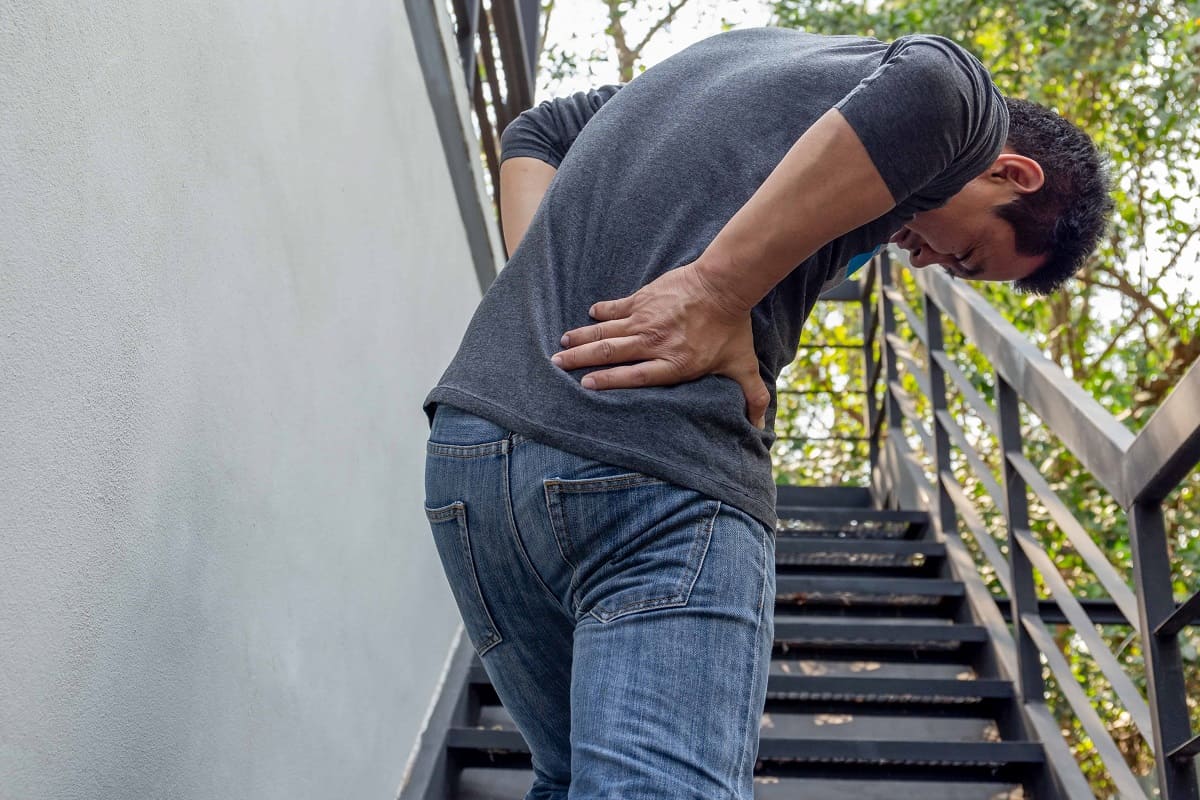
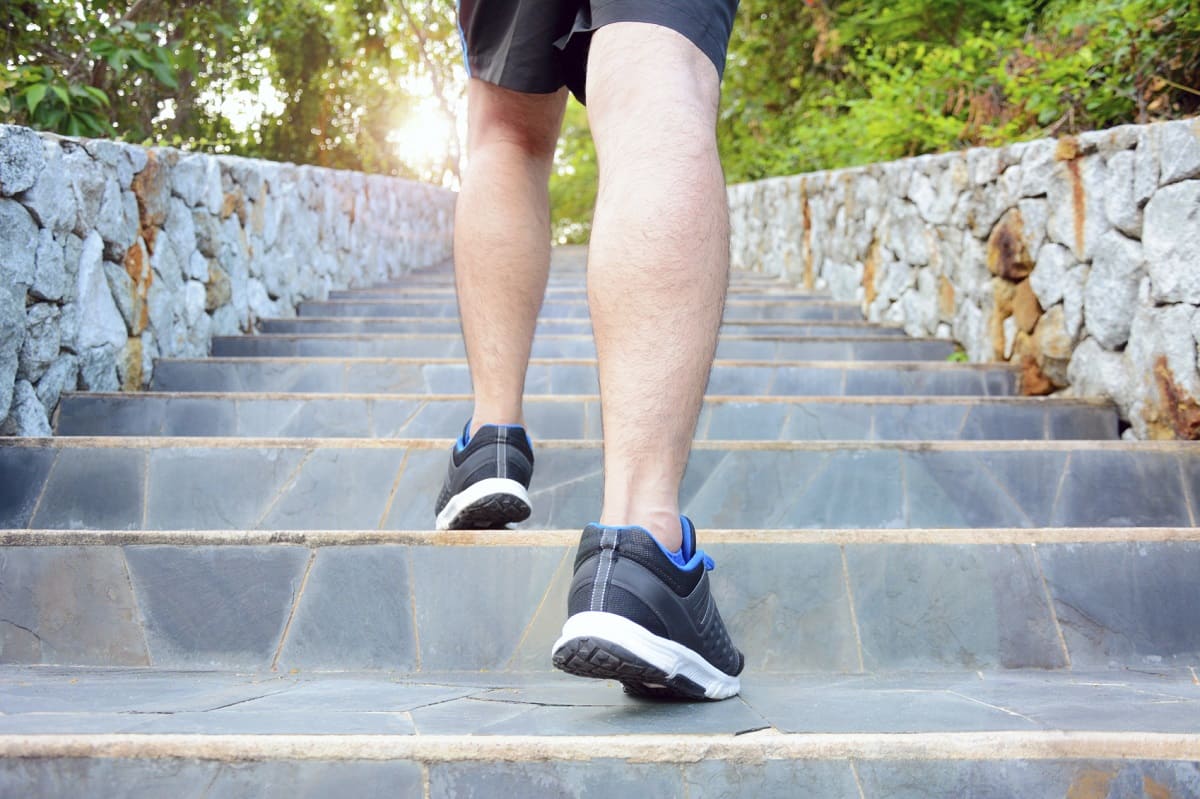


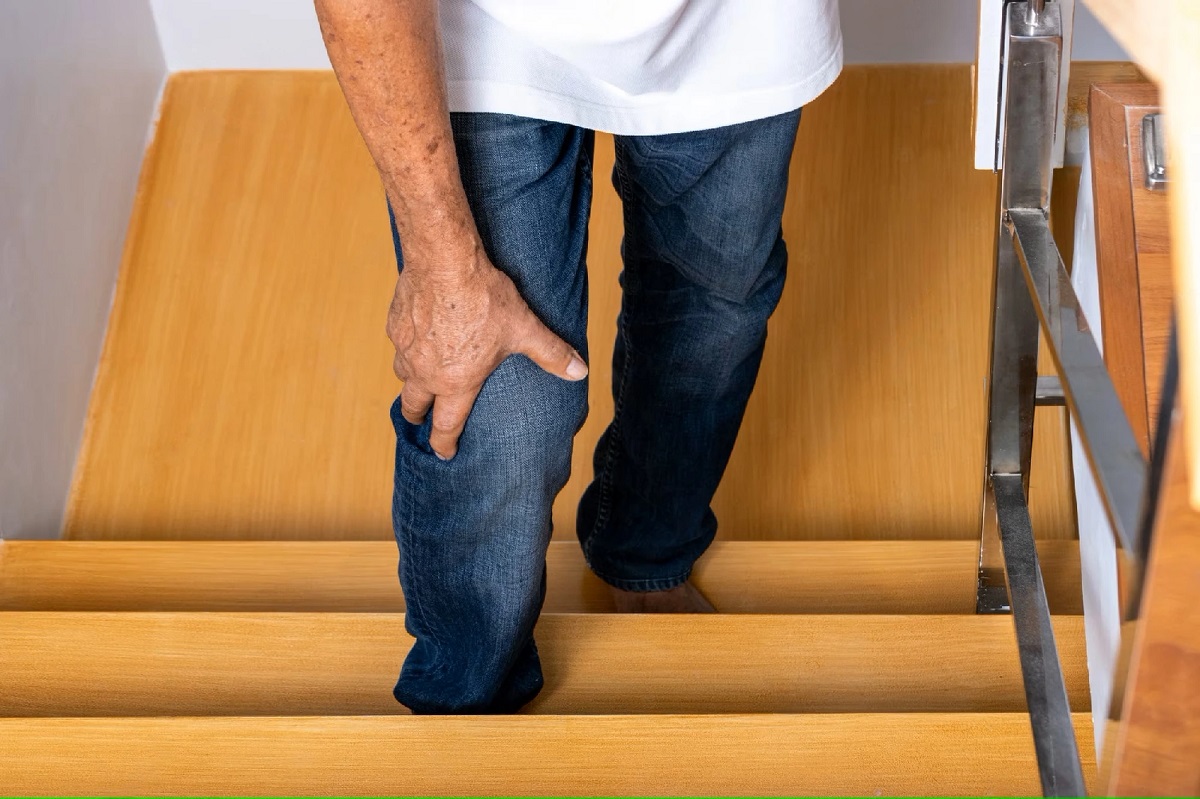


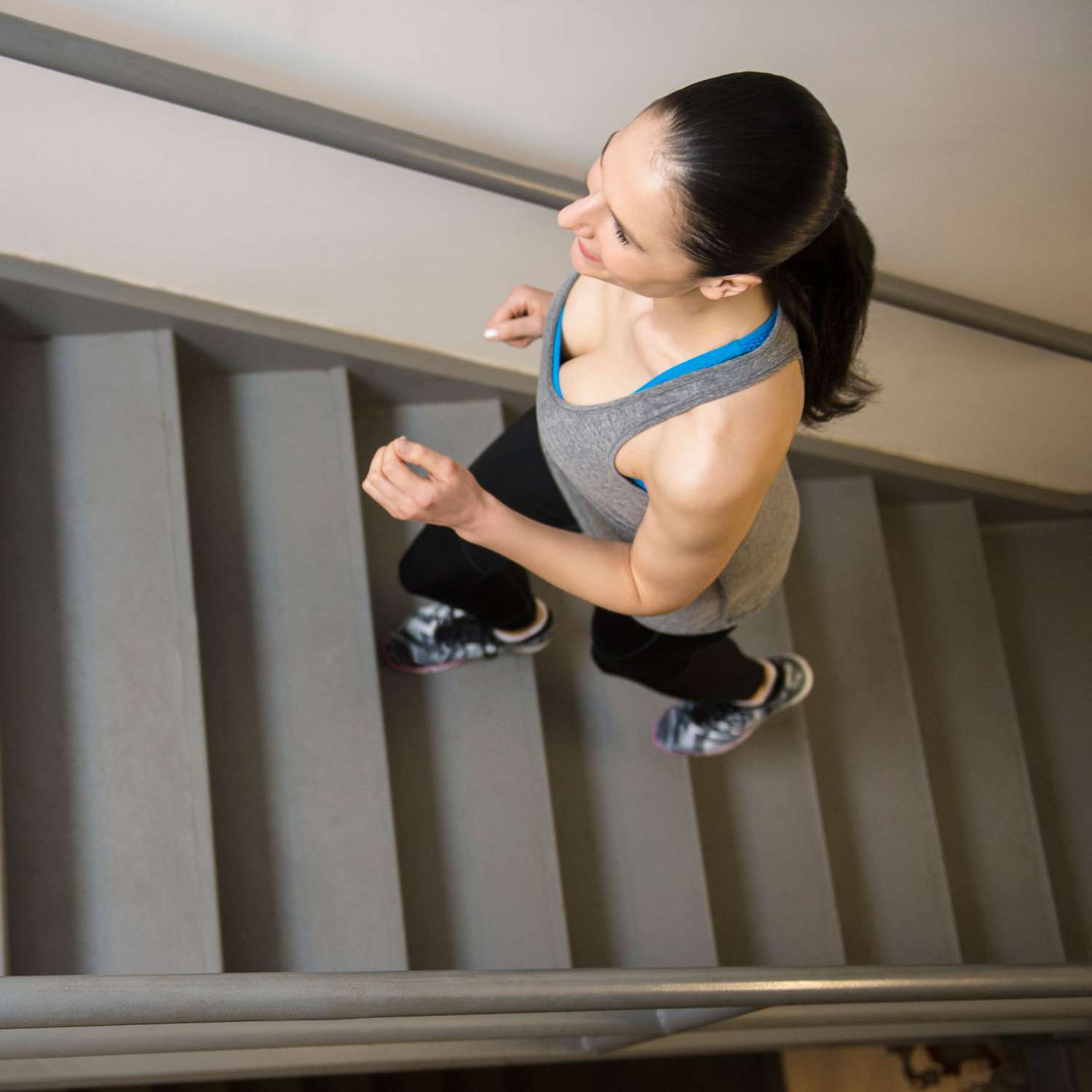
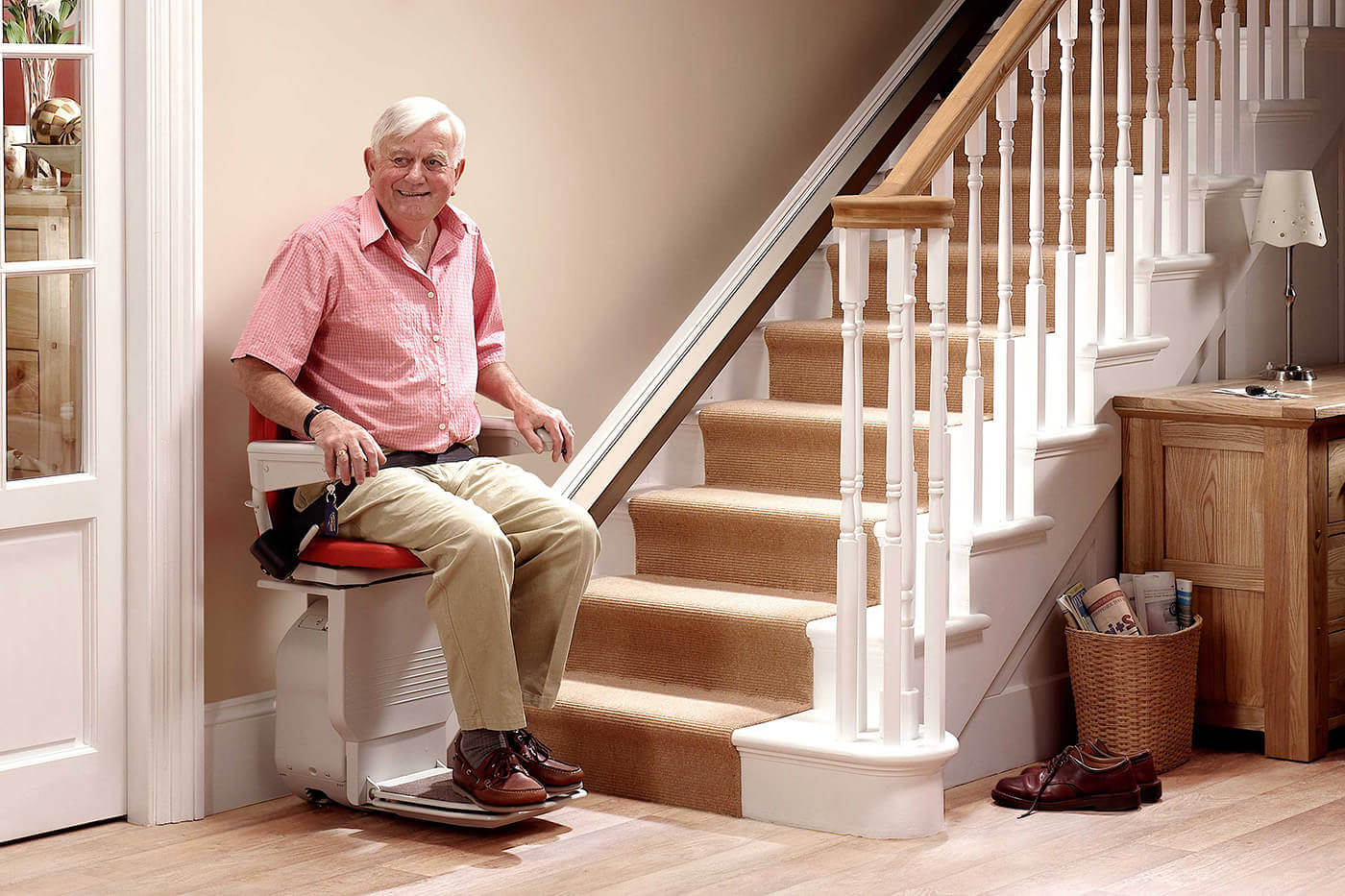

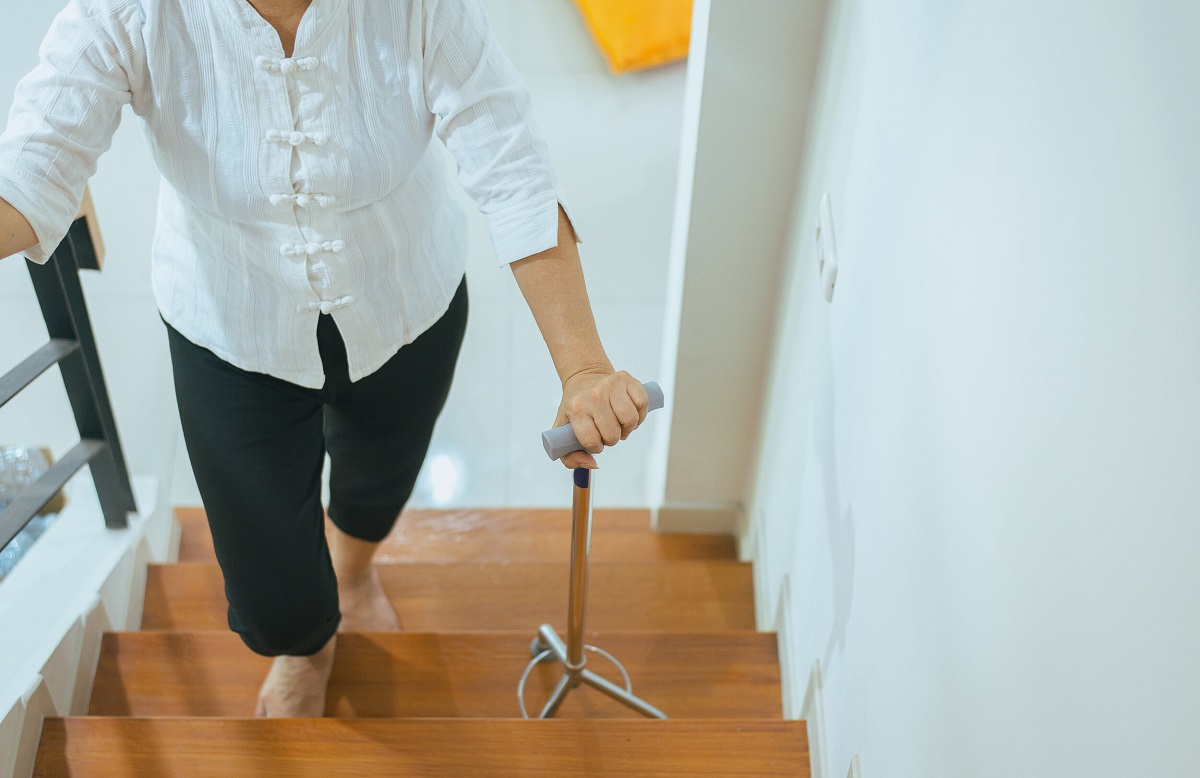
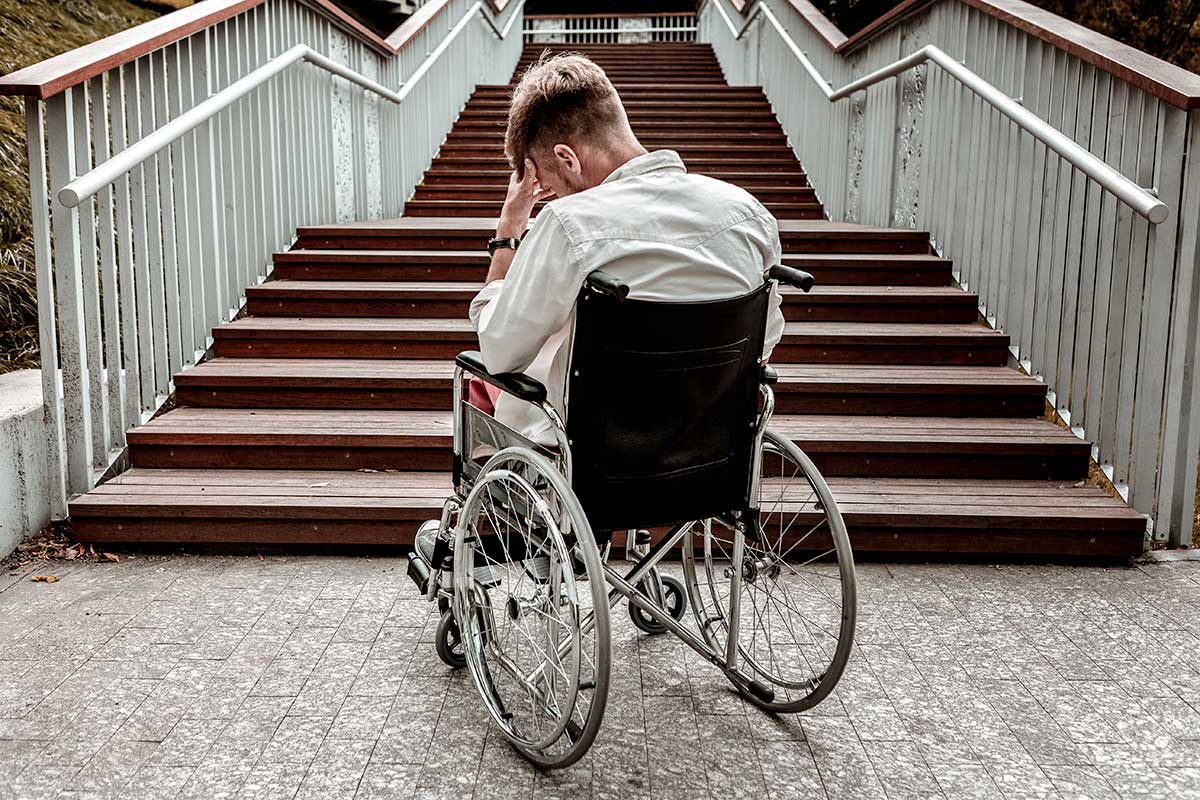



0 thoughts on “How To Go Up Stairs With Crutches”